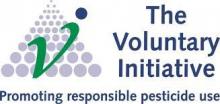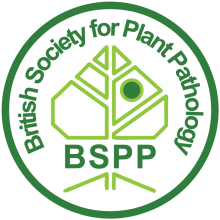- IPM involves an combined approach to the prevention and suppression of organisms damaging to plants through the use of all available information, tools and methods
- The aim of IPM is to keep the use of pesticides and other forms of intervention only to levels that are economically and ecologically justified and which reduce or minimise risk to human health and the environment.
Integrated pest management involves the careful consideration of all available plant protection methods and subsequent integration of appropriate measures that discourage the development of populations of harmful organisms and keep the use of plant protection products and other forms of intervention to levels that are economically and ecologically justified and reduce or minimise risks to human health and the environment.
'Integrated pest management' highlights the growth of a healthy crop with the least possible disruption to agro-ecosystems and encourages natural pest control mechanisms.
Related Links
IPM - European Commission Food Safety
Prevent, Detect and Control Approach to IPM - AHDB
See information from the Voluntary Initiative.














Discussion
Can IPM really lead to significant reductions in pesticide use whilst maintaining crop profitability?
Hi Jim
I think at there best they can do both, or even improve profitability. IPM includes decision support systems. Where these can assist agronomists and growers to more accurately highlight pesticide requirements, they may reduce overall pesticide usage, with no negative effect on yield, improving profitability.